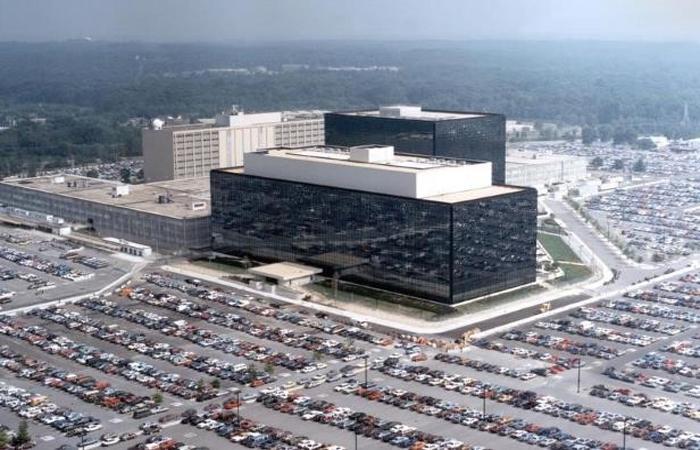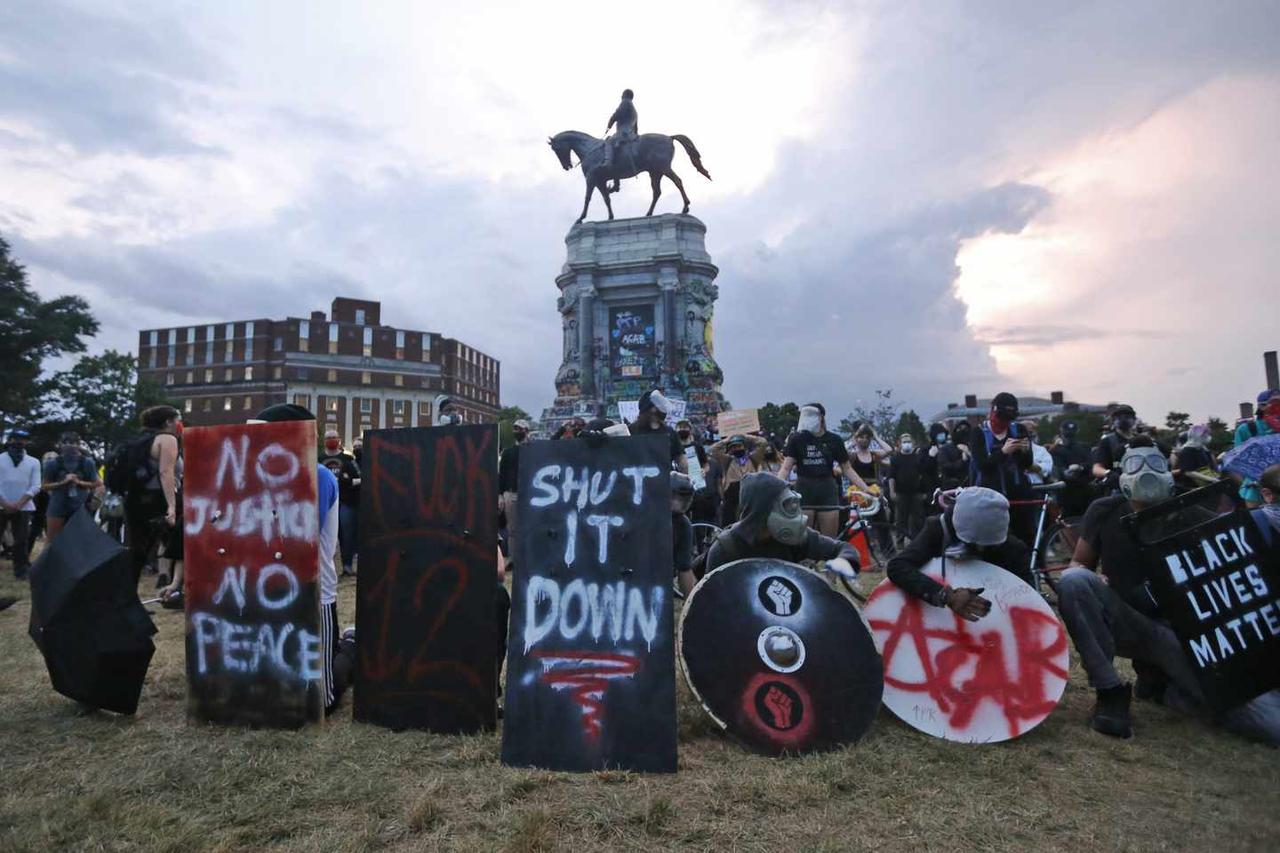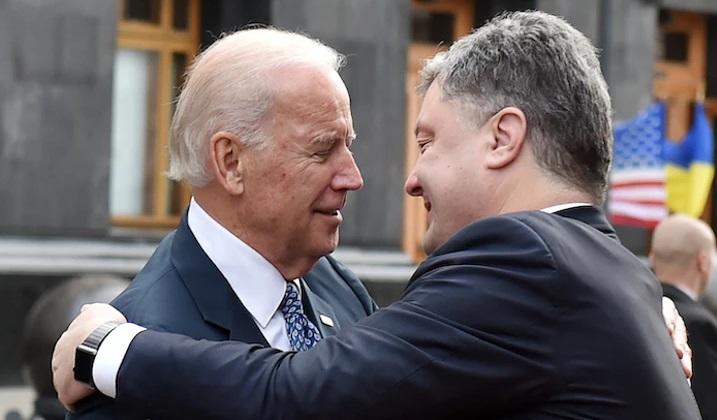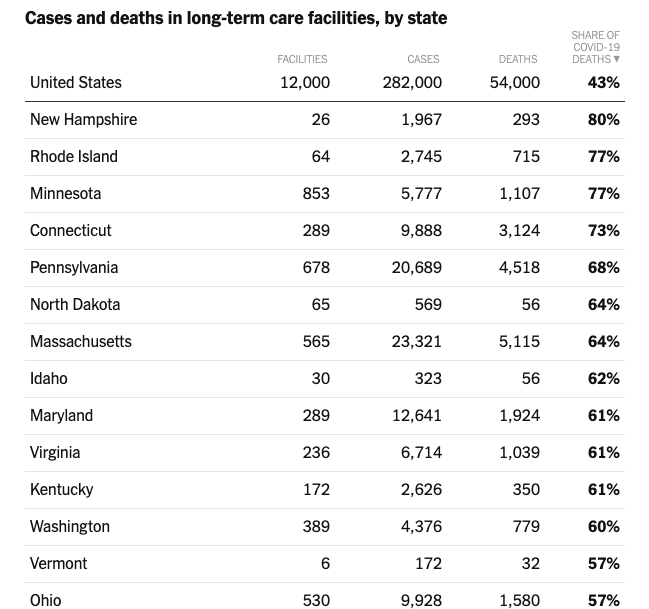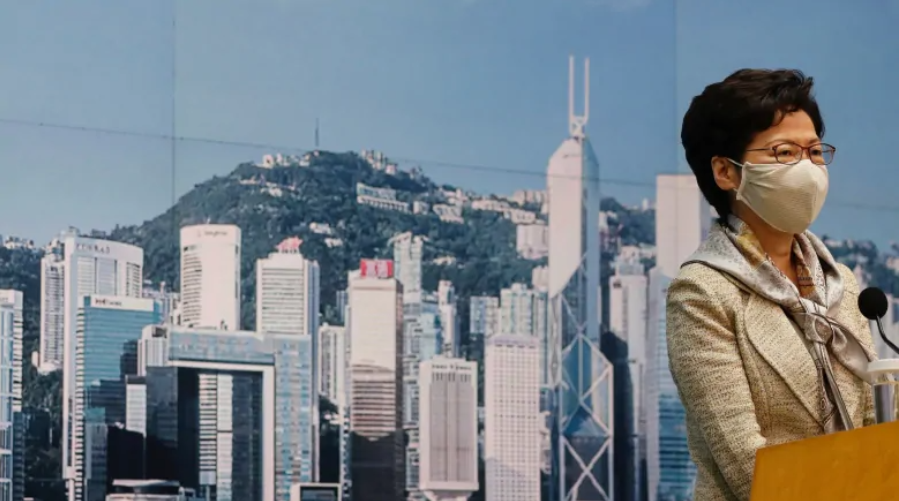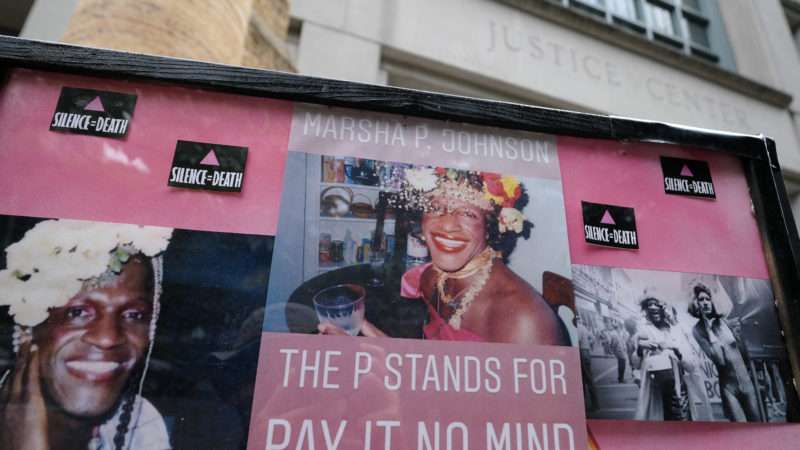Two years ago, Justice Kennedy announced that he would retire from the Supreme Court. One of my earliest thoughts was, “I will never have to edit another Kennedy opinion for the casebook!” My follow-up thought was, “How long will I have to keep the Kennedy opinions in the casebook, once they are overruled or whittled away.” The whittling away has already begun. The Roberts Court is slowly, but surely interring Justice Kennedy’s ephemeral “jurisprudence of doubt.” Blue June has already buried at least three precedents with Justice Kennedy in the majority: Boumediene v. Bush, Whole Woman’s Health, and Footnote 3 of Trinity Lutheran.
Boumediene v. Bush
Boumediene suffered two major blows during Blue June. The first hit came in DHS v. Thuraissigiam (see here and here). Justice Alito’s majority required a very precise fit between history and the Petitioner’s claim.
Despite pages of rhetoric, the dissent is unable to cite a single pre-1789 habeas case in which a court ordered relief that was anything like what respondent seeks here.
Justice Kennedy’s 2008 majority opinion relied on history in a very fluid fashion. In dissent, Justice Sotomayor wrote that Boumediene “never demanded the kind of precise factual match with pre-1789 case law that today’s Court demands.” She’s right.
As I read Thuraissigiam, the Court has closed the door to any future expansion of the Suspension Clause jurisprudence, unless there is a close analogue to historical practice in 1789. Indeed, Mike Dorf finds an even greater limitation:
In both St. Cyr and Boumediene v. Bush, the Supreme Court said that the Suspension Clause protects a right to habeas that is “at the absolute minimum” as expansive as the scope of habeas in 1789, leaving open the possibility of further expansion. Justice Alito’s opinion (1) finds that the scope in 1789 does not benefit Thuraissigiam and (2) does not go beyond that minimum.
The Court has now rejected any possible “evolving” notion of habeas. The Great Writ is solidified in amber.
Boumediene took another hit in a sleeper case of the term, Agency for Int’l Development v. Alliance for Open Society. Justice Kavanaugh’s nine-page decision resolved a really important constitutional question with very little fanfare. He wrote:
First, it is long settled as a matter of American constitutional law that foreign citizens outside U. S. territory do not possess rights under the U. S. Constitution. Plaintiffs do not dispute that fundamental principle. Tr. of Oral Arg. 58–59; see, e.g., Boumediene v. Bush, 553 U. S. 723, 770– 771 (2008); Hamdi v. Rumsfeld, 542 U. S. 507, 558–559 (2004) (Scalia, J., dissenting); United States v. Verdugo-Urquidez, 494 U. S. 259, 265–275 (1990); Johnson v. Eisentrager, 339 U. S. 763, 784 (1950); United States ex rel. Turner v. Williams, 194 U. S. 279, 292 (1904); U. S. Const., Preamble.
Justice Kavanaugh posed this precise question during oral argument:
JUSTICE KAVANAUGH: Good morning, counsel. I want to clarify, first, one thing from your colloquy with Justice Ginsburg. You agree, I assume, that unaffiliated foreign entities acting abroad have no constitutional rights under this Court’s precedents.
MR. BOWKER: We do, Your Honor.
This concession was unwise. And I also think it was wrong.
Justice Breyer’s dissent explains the Court has never actually reached this sweeping conclusion.
Even taken on its own terms, the majority’s blanket assertion about the extraterritorial reach of our Constitution does not reflect the current state of the law. The idea that foreign citizens abroad never have constitutional rights is not a “bedrock” legal principle. At most, one might say that they are unlikely to enjoy very often extraterritorial protection under the Constitution. Or one might say that the matter is undecided. But this Court has studiously avoided establishing an absolute rule that forecloses that protection in all circumstances.
Breyer explains that Boumediene, which Kavanaugh cited, rejects such a categorical rule.
Nor do the cases that the majority cites support an absolute rule. See ante, at 3. The exhaustive review of our precedents that we conducted in Boumediene v. Bush (2008), pointed to the opposite conclusion. In Boumediene, we rejected the Government’s argument that our decision in Johnson v. Eisentrager, (1950),”adopted a formalistic” test “for determining the reach” of constitutional protection to foreign citizens on foreign soil. This is to say, we rejected the position that the majority propounds today. Its “constricted reading” of Eisentrager and our other precedents is not the law. See Boumediene, 553 U. S., at 764.
The law, we confirmed in Boumediene, is that constitutional “questions of extraterritoriality turn on objective factors and practical concerns” present in a given case, “not formalism” of the sort the majority invokes today.
Well, with AMK in the middle, Boumediene rejected “formalism.” But now “formalism” is the law with JGR in the middle. And five votes endorse Justice Jackson’s observation from Eisenstrager.
Boumediene is basically a dead letter. Never overruled, but currently interred.
Whole Woman’s Health v. Hellerstedt
Whole Woman’s Health was decided in June 2016, shortly after Justice Scalia passed away. The vote was 5-3. Justice Breyer’s majority opinion expanded upon the framework from Planned Parenthood v. Casey: courts should balance two factors: (1) whether the law imposed an “undue burden” on abortion access and (2) whether the law provides an actual benefits. Of course, Justice Kennedy assigned that majority opinion to Justice Breyer. And Kennedy no doubt realized that Breyer was departing from Casey. But 2016 was a bizarre year. Justice Kennedy also reversed his own opinion on affirmative action from Fisher I to Fisher II, that conflicted with his vote in the Michigan affirmative action cases. In any event, 2016 was so four years ago.
In June Medical, Chief Justice Roberts vote to uphold the Louisiana abortion law–and only the Louisiana abortion law. His concurrence casts serious doubt on Whole Woman’s Health. Indeed, he seems to suggest that WWH departed from Casey. Yesterday, I noted:
Going forward, there are five votes to limit the Court’s abortion framework to consider a a law’s burdens, without weighing the law’s benefits. The Chief has effectively overruled Whole Woman’s Health to the extent it departs from Casey. The Chief didn’t swing to the left; at most, he feinted left for this Blue June.
For reasons unknown, Roberts considers the Casey plurality (three votes) a valid precedent, but the WWH majority (five votes) is not a valid precedent. In any event, Justice Kennedy’s 2017 vote on abortion will be interred. But his 1992 vote on abortion is now, apparently, settled law. Go figure.
Trinity Lutheran v. Comer—Footnote 3
The vote in Trinity Lutheran was deceiving. On its face, the Court split by a 7-2 vote. But the majority was fractured. Justice Breyer only concurred in judgment. Chief Justice Roberts, and Justice Kennedy, Alito, and Kagan joined the majority opinion in full. And Justices Thomas and Gorusch joined the majority opinion, except for Footnote 3. Footnote 3 stated:
This case involves express discrimination based on religious identity with respect to playground resurfacing. We do not address religious uses of funding or other forms of discrimination.
In other words, Trinity Lutheran only concerned a case in which the state denies funding to the church because of its status as a house of worship. The case did not involve a denial of funding to the church because it would use money for “religious uses.” For example, instead of using funds to purchase tire scraps for the playground, the church could purchase funds to purchase books for religious instruction.
In a partial concurrence, Justice Gorsuch, joined by Justice Thomas, wrote that this distinction is flimsy.
First, the Court leaves open the possibility a useful distinction might be drawn between laws that discriminate on the basis of religious status and religious use. Respectfully, I harbor doubts about the stability of such a line.
In any event, the bulk of Trinity Lutheran was precedent, but Footnote 3 was not; it only garnered four votes. And could be disregarded just as quickly. Fast-forward to today, with Espinoza. Chief Justice Roberts wrote a majority opinion that was joined in full.
The Chief flagged the status/use distinction from Trinity Lutheran:
Some Members of the Court, moreover, have questioned whether there is a meaningful distinction between discrimination based on use or conduct and that based on status. See Trinity Lutheran, (GORSUCH, J., joined by THOMAS, J., concurring in part). We acknowledge the point but need not examine it here. It is enough in this case to conclude that strict scrutiny applies under Trinity Lutheran because Montana’s no-aid provision discriminates based on religious status.
Later, Roberts suggested that he was not tied to Footnote 3.
A plurality declined to address discrimination with respect to “religious uses of funding or other forms of discrimination.” Trinity Lutheran at n. 3. The plurality saw no need to consider such concerns because Missouri had expressly discriminated “based on religious identity,” which was enough to invalidate the state policy without addressing how government funds were used.
The key word is “plurality.” Not a majority. It seems that the Chief added Footnote 3 in Trinity Lutheran to assuage Justices Kagan and/or Kennedy. For the Chief, FN 3 was just another move in a game of 87-dimensional chess. He sacrificed a pawn to set up the Espinoza checkmate. Now, three years later, he no longer needs Justice Kennedy’s vote, and will not need to secure Justice Kagan’s on this case.
Trinity, and now Espinoza, also move away from the Rehnquist-Court era decision, Locke v. Davey. Michael Moreland observes that “Chief Justice Rehnquist wrote a narrow, almost case-specific holding (a characteristic Rehnquistian move)” in that case.
Justice Breyer seems miffed that the Court has abandoned the “play in the joints” line from Locke:
Although the majority refers in passing to the “play in the joints” between that which the Establishment Clause forbids and that which the Free Exercise Clause requires, its holding leaves that doctrine a shadow of its former self.
He’s right. There is no longer any need to appease Anthony Kennedy or Sandra Day O’Connor.
Going forward, I presumptively treat any 5-4 decision with Kennedy in the majority as persuasive, at best.

from Latest – Reason.com https://ift.tt/31wsitf
via IFTTT
